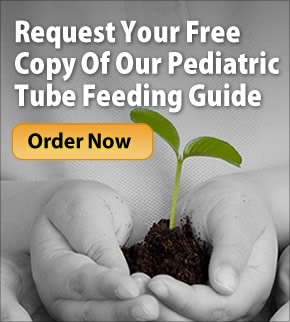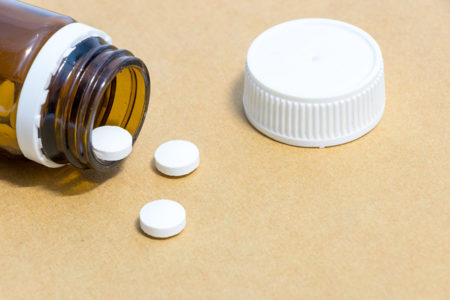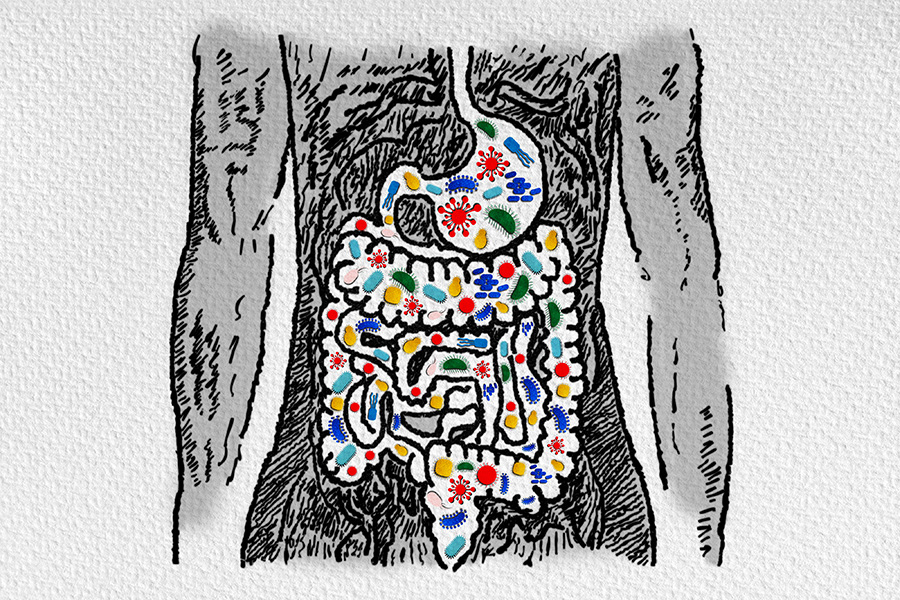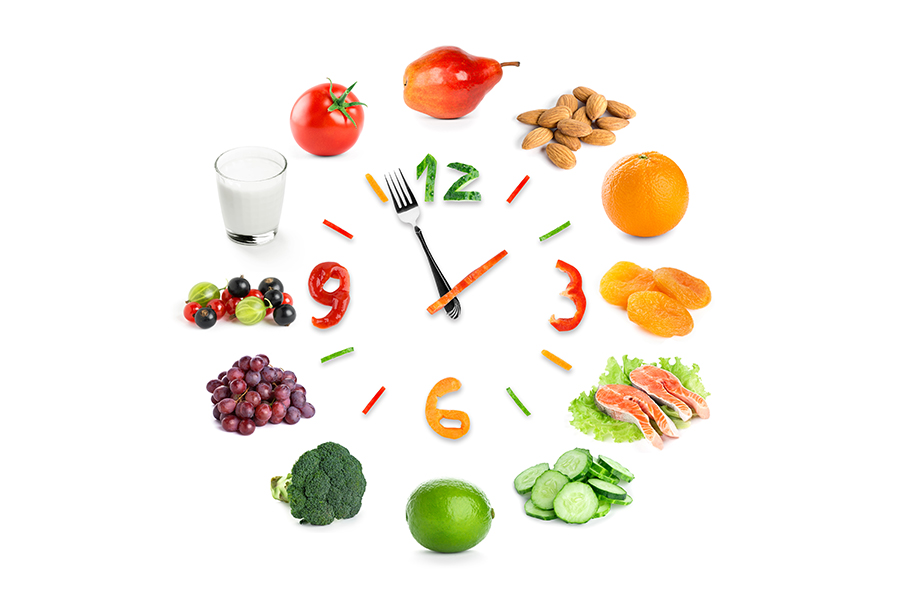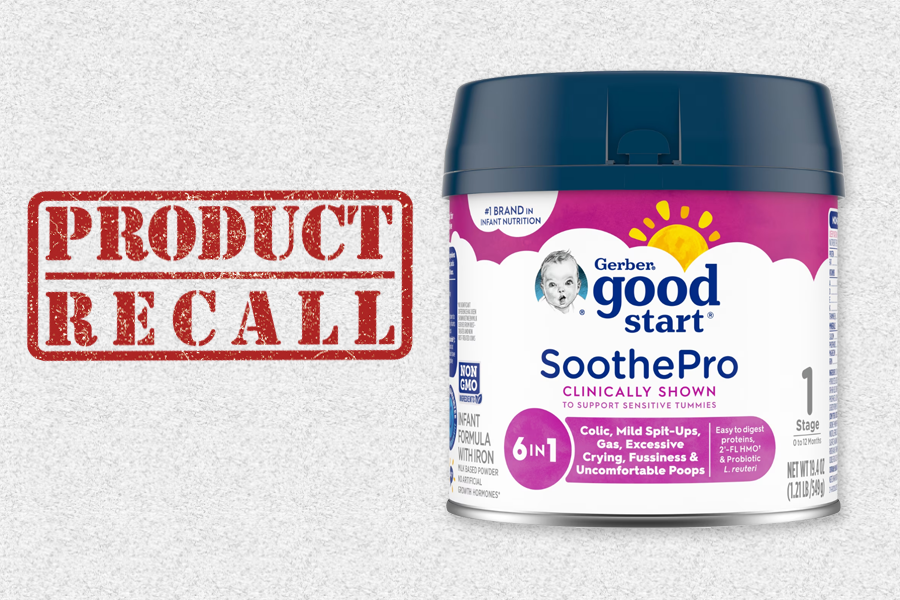If you are unable to meet your nutritional needs by mouth, a feeding tube provides a way to obtain life-saving nutrients. Your doctor may have prescribed this method of feeding to deliver formula and water into your stomach by way of your feeding tube.
With the gravity method, formula flows out of a feeding bag and into your feeding tube by gravity.
You can also watch a video of how to gravity feed.
Supplies:
- 60 milliliter catheter tip syringe
- Room-temperature water
- Gravity feeding bag
- IV pole
- Formula
Instructions:
- Wash your hands to reduce the risk of bacterial contamination.
- Get your supplies together:
- Check the skin around your feeding tube. If you notice redness, pain, irritation or leaking around the site, notify your doctor or nurse.
- You should be sitting upright for your feeding and for 30 to 60 minutes afterward.
- Check the position of your feeding tube. You should have about the width of a dime between your skin and the external bolster. In most cases, the tube should turn freely.
- Place the tip of the syringe in the water and pull back on the plunger to draw up 30 to 60 milliliters of water (or the amount advised by your healthcare professional).
- If you have a low profile feeding tube, attach the extension tubing.
- Open your feeding port and flush the tube by slowly pushing on the syringe’s plunger. Flushing your tube before and after feedings helps to clear out any formula or medication residual to prevent clogging of your tube.
- Hang your gravity feeding bag from the IV pole so that the bag is at least 18 inches above your stomach.
- Clean off the outside of your formula container with a clean towel and open it.
- If the gravity bag has a roller clamp or other type of clamp, make sure it is closed.
- Open the bag and pour in the desired amount of formula. Close the bag.
- Remove the cover on the tip of the gravity bag’s tubing.
- Prime the tubing to release any air. This will prevent the air from going into your stomach and making you uncomfortable. Position the tip of the tubing over a receptacle to catch any formula that drips out. Slowly open the clamp/roller clamp and allow the formula to flow until it reaches the tip of the tubing, then clamp it shut.
- Attach the tip of the tubing to your feeding tube. Slowly open the clamp/roller clamp to start feeding. Control the rate of feeding by adjusting the clamp/roller clamp. It should take between 30 to 60 minutes to deliver a can of formula, depending on your tolerance. A slower rate of feeding may reduce symptoms of nausea, fullness and abdominal bloating.
- If you experience any symptoms of feeding intolerance, such as nausea or vomiting, diarrhea or abdominal bloating, contact your healthcare professional.
- When you are done feeding, disconnect the gravity bag tubing from your feeding tube.
- Flush your feeding tube with water as above with the amount recommended by your healthcare professional.
- Close the feeding port and disconnect the extension tubing if applicable.
- Refrigerate any leftover formula for use within 24 hours.
- Wash and dry all equipment and your hands. Use a new syringe and gravity bag each day.
This information is for educational purposes only and does not replace the advice of your physician or other health care professional. If you have questions about your health, please contact your health care professional.








